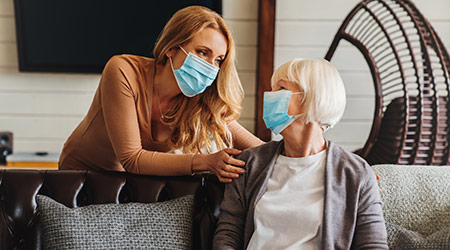
Occupancy Levels Tied to COVID-19 Control
November 23, 2020
Over the last year, institutional and commercial organizations have implemented a vast array of strategies and tactics to control the spread of the coronavirus and improve the safety of indoor workplaces. Most incorporate common measures, such as social distancing, others relate to upgraded HVAC systems, and a few have incorporated advanced technologies, such as UV lighting.
So what do successful facilities have in common? Some measures are more effective than others, and now some insights are available from the higher education facilities. An analysis by National Geographic found 1,215 U.S. colleges have fewer than 100 reported cases as of Oct. 22, according to My Tech Decisions. One common factor between many of the campuses that have reported a similar number of cases is occupancy levels.
For example, Clemson University, with an enrollment of about 23,000 students, has the highest reported number of coronavirus cases at 4,082, and the University of Alabama, with an enrollment of about 39,000, has 3,465 reported cases. In contrast, Loyola Marymount University has an enrollment of around 9,300 students and only one reported case. Sarah Lawrence College, which has an enrollment of around 1,400 students, has only reported three cases so far.
In addition, when students returned to Sarah Lawrence in the fall, they were met with signs throughout campus reminding them to wear masks and circles painted on lawns to indicate proper social distancing. Only 35 percent of the undergraduate student body is living on campus this year, most of whom as freshmen, compared to 84 percent last year.
Dan Hounsell is editor of Facility Maintenance Decisions.
Next
Read next on FacilitiesNet












